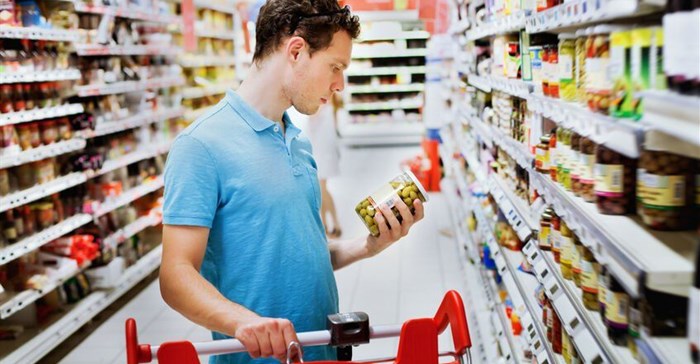
It attributes this to the ongoing fallout from the Covid-19 pandemic, the aftershocks of creeping cost pressures and higher basket spend.
The data also shows that 48% of the top consumer goods categories that generate more than 80% of NielsenIQ tracked sales saw an average pack price increase of between 5% and 11% (Quarter 4, 2021 vs. Quarter 4, 2020) while 9% of those categories saw an increase well beyond 11%.
“There is a general acceptance that the cost of goods sold will continue to be higher this year and we, therefore, have to recognise that we are in a hypersensitive consumer environment where Covid-19 has accelerated the polarisation of consumer finances leading to new trade-offs we haven't seen before,” says NielsenIQ South Africa MD Ged Nooy.
“Having gone through a prolonged period of financial challenge, what is clear is that we have returned to a time of austerity shopping much like that experienced during and after the second world war.
“South African shoppers are becoming the masters of mindful shopping and restraint and the next three to six months will therefore be a critical time to have a clear understanding and tactics in place for price and promotional plans across an extended time horizon,” adds Nooy
In light of this, NielsenIQ South Africa has undertaken an in-depth price per pack analysis that talks to the real price pressures South African shoppers are facing with a full analysis and understanding of the price increases that consumers are dealing with at the till point.
The analysis looked at categories where the price per pack increases was higher than CPI of 5.7% due to factors such as price changes, changes in price promotions, consumers trading up or down namely cheaper or more expensive products or purchasing of larger or smaller packs.
Nooy explains; “Our analysis provides a clear picture of what South African shoppers are paying on average.
“It’s important to remember though that the price is an average and that price increases may be more in certain categories or lower in others.
“This stems from shoppers deploying tactics such as switching to lower priced products and/or upsizing to larger packs while manufacturer’ tactics include keeping prices low by deploying shrinkflation.”
Of the categories that have seen the highest overall price increase above 20%, Cooking Oils stand out with the highest price increase (25%) amongst all the sub-categories analysed due to issues such as drought and other key input costs.
But it has only seen a marginal drop in volume sales despite its steep price increase pointing to the extent to which cooking oil is a necessity and not a nice to have.
However, when we look at other food types we can isolate the impact of inflation on the purchase of Frozen Chicken that saw a 14.7% increase in price and has experienced a significant drop in both volume and pack sales as a result.
This indicates that cash strapped consumers have been forced to drop this key source of protein in their diet from their baskets.
In addition, other meat sources such as Vienna Sausages and Bacon have both seen a significant price per pack increase and a corresponding drop in both pack and volume sales.
With an average pack price of more than R40 Bacon has quite simply become a luxury with consumers buying it on occasion or dropping it from their baskets entirely.
What’s clear is that the last six months have exposed structural fragilities in global and domestic supply chains that will increasingly struggle.
There is also no doubt that the events in Ukraine will affect the rest of the world in terms of increased inflation given the impact on the oil price and the agricultural sector, with Ukraine supplying 10% of global wheat exports* which often sees it described as the ‘breadbasket of Europe’.
In terms of how this inflationary scenario will play out in a South African context, Nooy says; “We don’t see local consumers being given any relief over the next six months.
“Within this pressure cooker of prices, something has to give, and it seems as if certain meat products such as those mentioned above, are already being excluded from shopper baskets as a result.
“Fortunately, across the next 24 months, manufacturers and retailers will have more ability to make some bigger adjustments and also instigate new elements to better navigate continued inflationary pressures.
“The key lesson is to be aware of shifting channel dynamics and consumer preferences in inflationary environments.
“Whether consumers change their consumption, stock up, or downsize, manufacturers and retailers should not lose sight of the nuanced ways different channels can fulfil consumer needs,” he explains.
*(UN Food and Agricultural Organisation)